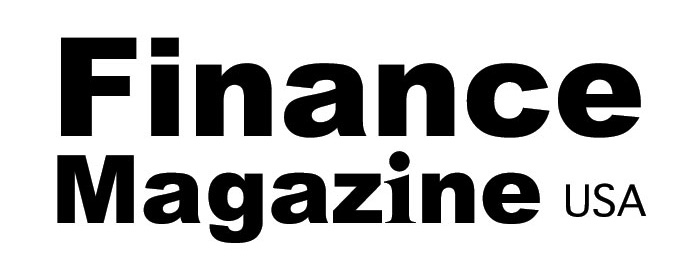Are you struggling with understanding the complex debate over inflation? You’re not alone! In late 2021, the Federal Reserve Chairman, Jerome Powell, called for the retirement of the term “transitory” to describe inflation, as it had been widely misinterpreted to mean that inflation would fade away quickly. Fast forward to the present and things have taken a surprising turn. The Fed and other major central banks raised interest rates, which did lead to a sharp decrease in inflation. But rather than the victory being clearcut for either side, both “Team Persistent” and “Team Transitory” have points to celebrate.
First things first, the term “transitory” was not just about how long inflation would last, but also about the idea that inflation would naturally subside as the post-pandemic economy returned to normal. It’s not just a matter of words, though. The current debate is about whether the drop in inflation is more due to monetary policy changes or supply chains smoothing out. Recent evidence seems to lean in favor of the supply-side argument.
The Phillips curve, a key model that shows how interest rates affect inflation, has been troubled in recent years due to a lack of correlation between unemployment and inflation. But in this case, it appears that even with unemployment rates remaining low, inflation has dropped significantly. Some have tried to explain this by pointing to a fall in job vacancies, but even that doesn’t paint the whole picture. Evidence shows that a supply-side response played a crucial role in curbing inflation, as production began to pick up speed, leading to declining prices and increased consumption across various sectors.
So what does this all mean for monetary policy? Well, the aggressive tightening of monetary policy by the Fed may have played a role in the slowdown of inflation, but the supply-side improvements have also been a driving force. In fact, it’s likely that a combination of both factors, along with anchored inflation expectations, has led to the current condition. And while both “Team Persistent” and “Team Transitory” can claim a partial victory, the crucial point is how well they were able to predict and respond to the situation. In this case, the Fed’s actions appeared to have been more in line with the realities of the situation, despite the supply-side factors also contributing to the outcome.
In the end, the debate has left us with a more nuanced picture of what led to the slowdown in inflation, and it serves as a reminder that economic conditions are often complex and multifaceted. Regardless of where you stand on the issue, it’s clear that finding the right balance between policy responses and economic realities is crucial.
If you’re eager to dive deeper into economic analysis, you can read more from our column on economics, Free Exchange. And for expert analysis of the latest economic, finance, and market updates, be sure to subscribe to Money Talks, our weekly subscriber-only newsletter.
Source link




